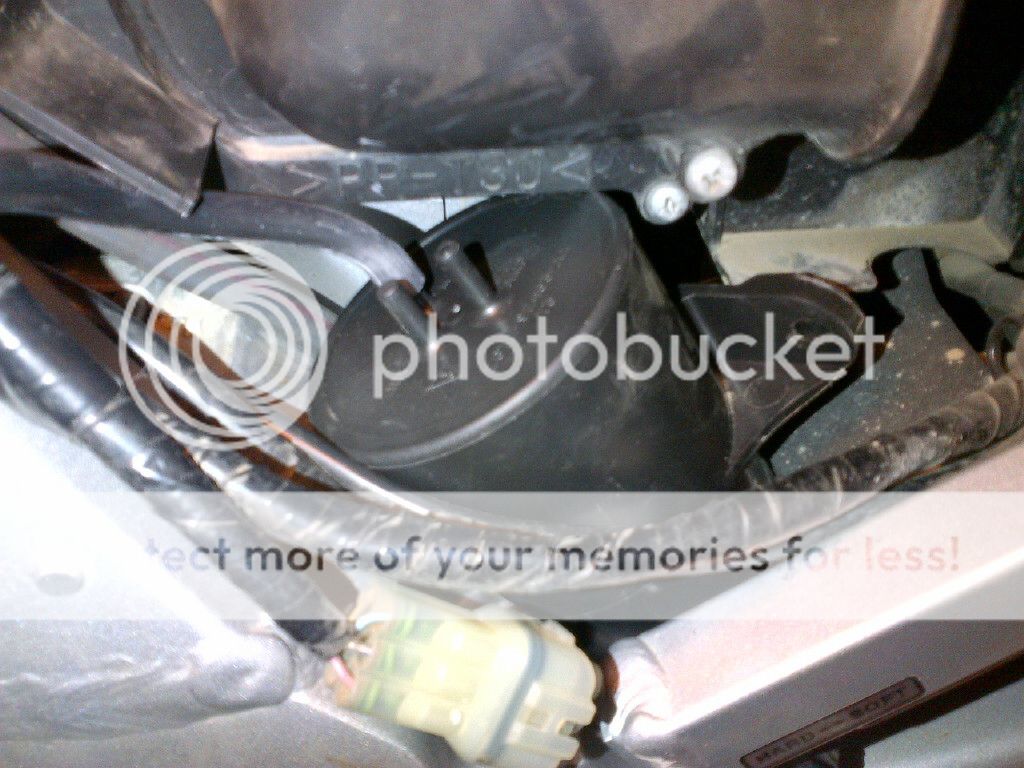Not really. The whole point of the beaded chain is that the cable is free to flex around if you open the throttle further than the servo is calling for. In the opposite direction, when trying to close the throttle while the cruise is active you would actually be moving that diaphragm against the vacuum suction.The spring is there, but only to force the vacuum cup out. The cable isn't pushed out byt the spring, though. The cable is free to slide into the servo unit, or you couldn't move the throttle with the cruise disengaged, or grab a little extra gas when it is engaged.
Eventually the servo senses the speed error and disengages, but it will allow you to pull against the vacuum pressure somewhat first. It's one of the downsides to having these cruise controls. If you lean on the twist grip while riding you can influence the speed outside what the CC is shooting for somewhat.



















































